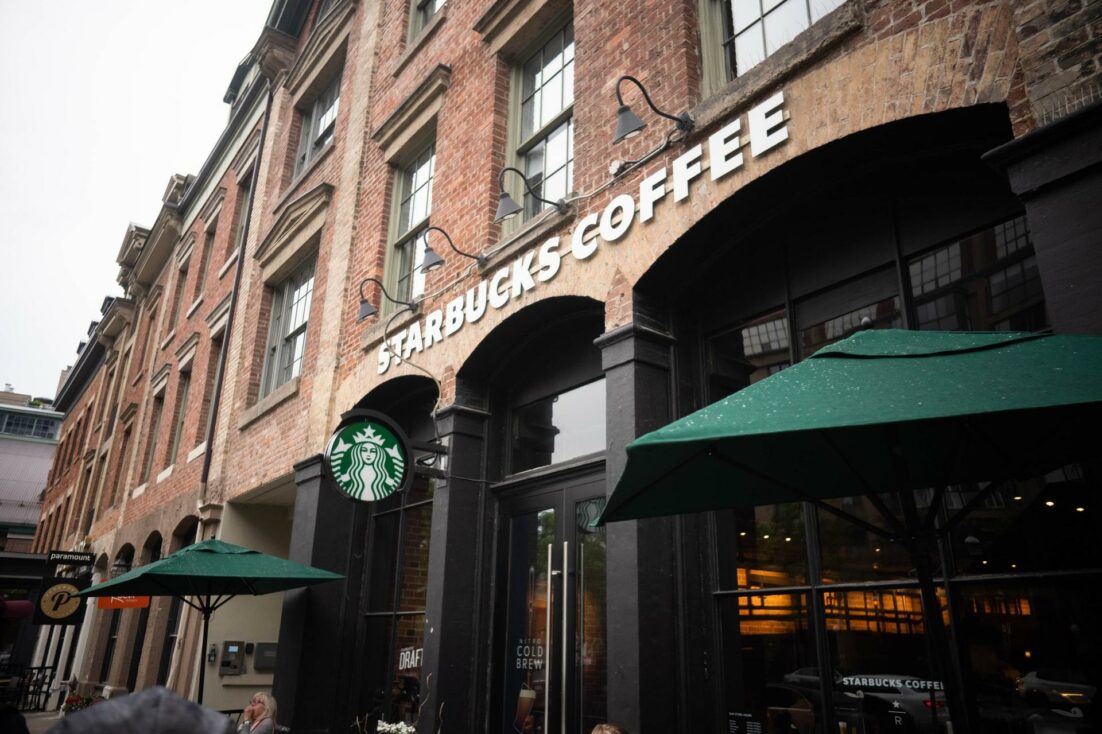The global coffee network is enormous. For a product that needs a fairly specific climate for its growth, there are about 51 countries globally that produce and export more than 100 tonnes of coffee a year, with others such as Australia producing a more boutique level of the seed for trade.
All those countries, across almost every continent (as far as I’m aware Antarctic pre-chilled cold brew hasn’t quite taken off yet), require a huge amount of infrastructure in terms of shipping, manufacturing, and production; from the growth of the plants to the lids that cover the end product. And all that requires a lot of energy to wake up the majority of the people on planet Earth each day.
With the declaration of the Anthropocene era, acknowledging that humans have created the conditions for significant departure from a stable climate, the question that looms large is: will the world’s caffeine addicts still be able to get their fix? (Ok, maybe that’s not THE question that’s being asked, but I sure am, and so is the industry.)
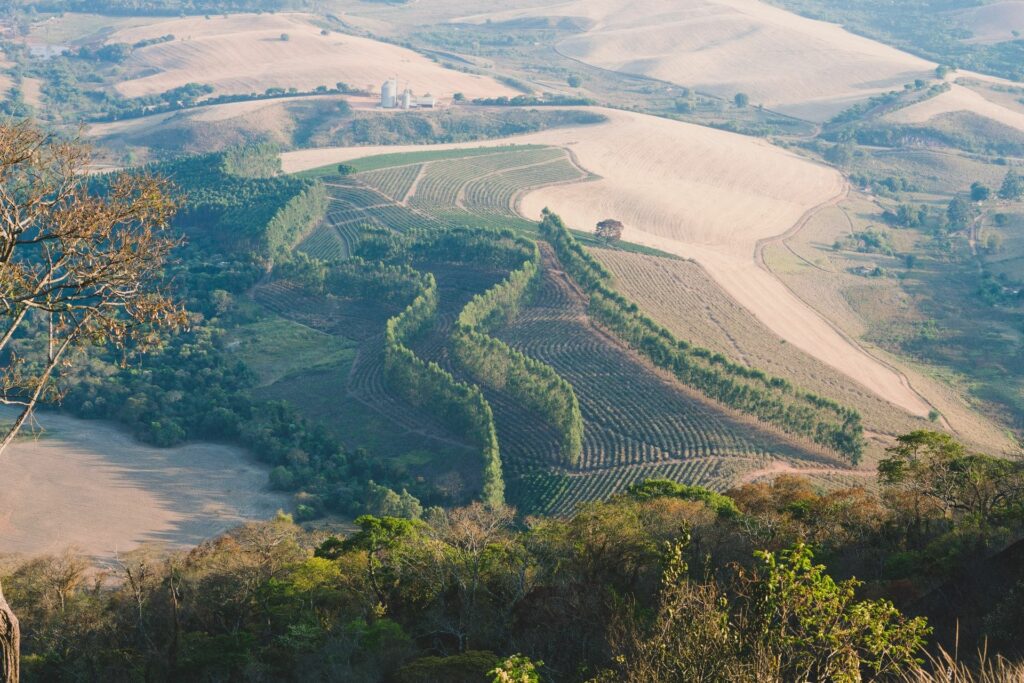
To answer that question and indeed save their own skin, the giants of coffee began to take stock of their impact, drawing up sustainability plans that would help address their role in the crisis, as well as look further to the future, where their whole industry is at risk from our deviation from a predictable climate.
Starbucks’ plans to combat the climate crisis
In January 2020, Kevin Johnson, CEO of Starbucks, announced the company’s climate initiative to the world that set lofty goals to become “resource positive” in the longer term, but also set ambitious goals in the short to medium term, with a 50% reduction in a range of carbon emitting practices that the company engages in as part of its huge global network by 2030.
Starbucks’ announced climate goals:
A 50% reduction in carbon emissions in our direct operations and supply chain.
50% of our water withdrawal for direct operations and coffee production will be conserved or replenished with a focus on communities and basins with high water risk.
A 50% reduction in waste sent to landfill from stores and manufacturing, driven by a broader shift toward a circular economy. To underscore this commitment, we are pleased to join Ellen MacArthur Foundation’s New Plastics Economy Global Commitment, setting ambitious circular targets for our packaging.
Starbucks letter to partners, customers and all stakeholders – Jan 2020
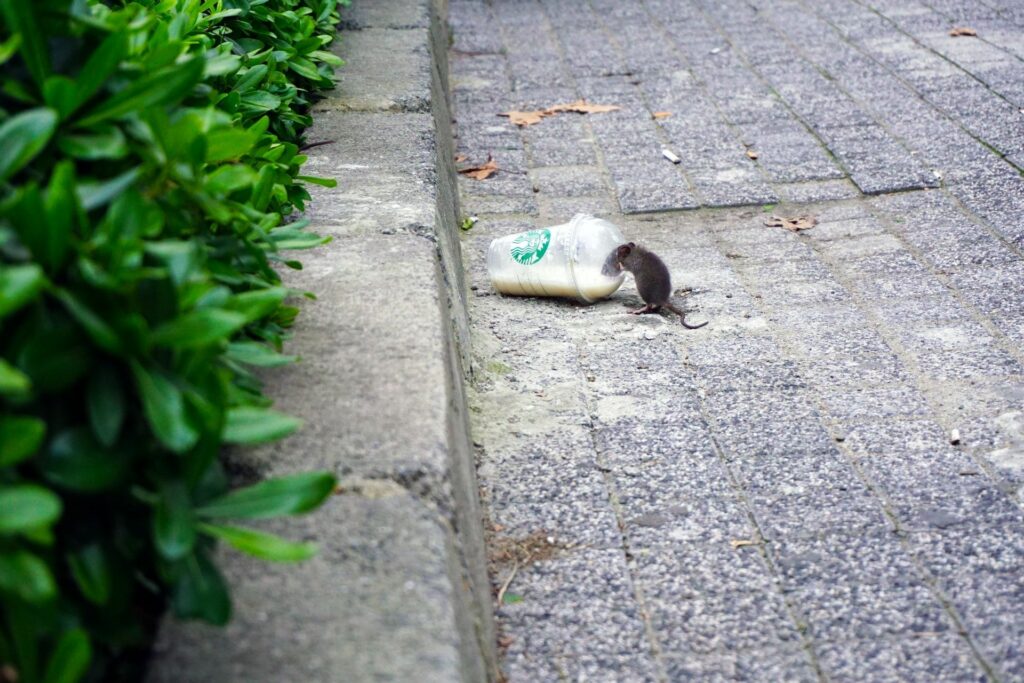
These goals were to be formalized by March 2021 for the Starbucks 50th anniversary, based on any new findings that came to light during that time.
Next steps for sustainbility at Starbucks
In December 2020, a month earlier than intended, Starbucks announced the formalisation of their intended goals and also gave some more concrete examples of their plans moving forward, such as:
- Offset 50% of roasting and beverage production site’s electricity usage in the US by 2022 using solar
- Invest $97m in New York State based solar projects
- Entered agreements to provide renewable energy to more than 550 stores in California
- Supporting new wind projects in Washington
- Donating almost 50m coffee rust resistant trees to farmers worldwide
- Growing their Global Farmer Fund $50m, to a total of $100m to help farmers worldwide
In 2018, dairy represented around 21% of Starbucks’ carbon footprint, by far their greatest emitter. As part of the December 2020 announcement, Starbucks also committed to supporting the Dairy Net Zero Initiative, aimed at developing new climate-conscious dairy practices for the industry.
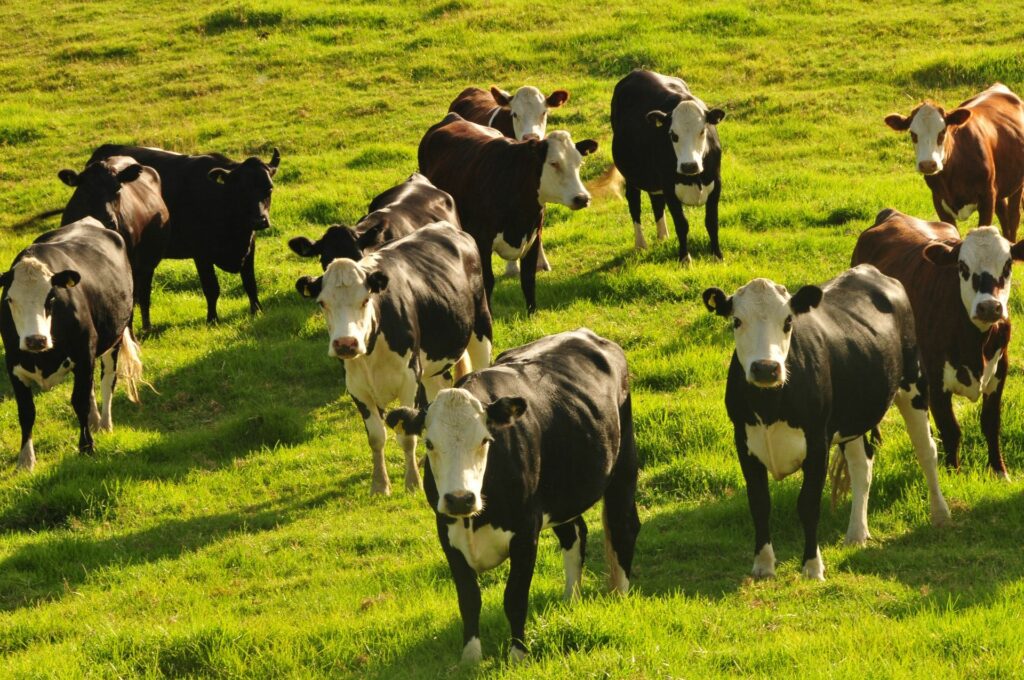
Now, all this sounds good and it goes in the right direction, but the real question remains: is it enough? Innovation is absolutely needed, and their farmer support is imperative to reducing emissions from the source, as well as funding new technologies to increase those reductions.
The responsibility of a sustainable Starbucks
In 2018, Starbucks released their environmental baseline report. This report was used to get a measurement of the company’s impact on the planet for the full length of its supply chain and operations. They found that they emitted 16m tonnes of greenhouse gases, used one billion cubic metres of water, and generated 868 kilo tonnes (metric tonnes), per year. For their greenhouse gases, this is about 0.032% of global emissions. When looking at the top 100 emitters globally (majority of which are energy industry giants), the smallest are sitting at 0.04%, meaning Starbucks is within range of the top emitters globally.
But if we look at the size of the issue, plus the myriad of problems that face coffee as an industry, from diseases like rust, and the proliferation of the coffee borer, then Starbucks could probably look into its billions of dollar warchest to shake out more to help at the source of an industry, built on the backs of some of the poorest countries on the planet.
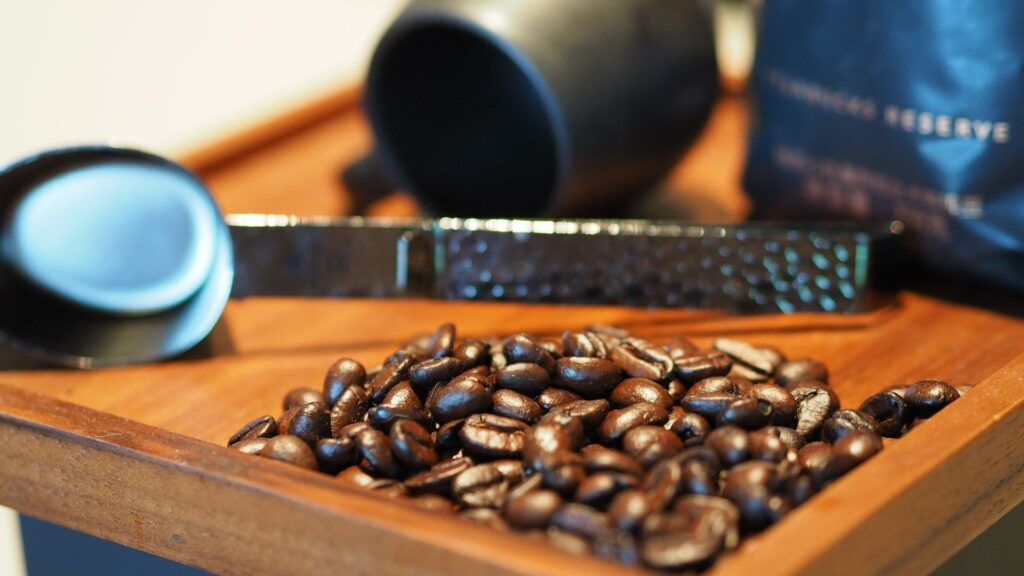
COVID decimated Starbucks’ profitability in 2020, but as the cafe industry starts to re-emerge, and with a take-out market that is booming, then it’s imperative to look beyond what can be done (or half done) by 2030, and realise that as an objective market leader, Starbucks can really affect how other players in the industry put their foot forward.
At the end of the day, nine more years is a long time. Nine more years to get to a point still so far away from where the company, and the planet, needs to be, especially for an industry-giant totally reliant on the well-being of climate. So can’t they be doing even more? With a stock price that has done very well over the last few years, the answer is yes.
All of us love coffee, and I think it’s fair to say that Starbucks has developed one of the world’s deepest connections to its most popular drink, so with that love comes the responsibility to do whatever you can to preserve it.
Starbucks, if you read this, I came out of researching this article with a new view on your company. Your work in the industry, your support to a huge range of actors within it, are truly fantastic. We will be in a better place when more companies do what you do. That being said, time is not on our side, and as conscious consumers, we care more about drinking a coffee in 50 years, than the newest innovation in cold pressed espresso.
On that note, I’m actually going to go find a Starbucks and get a coffee.

